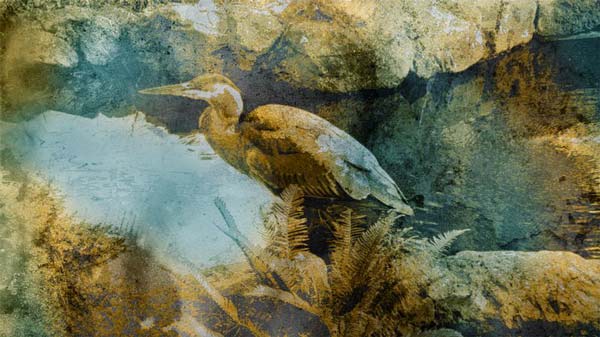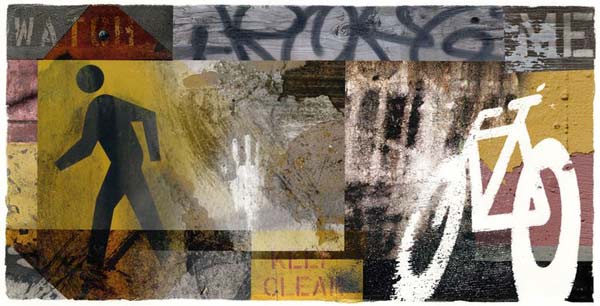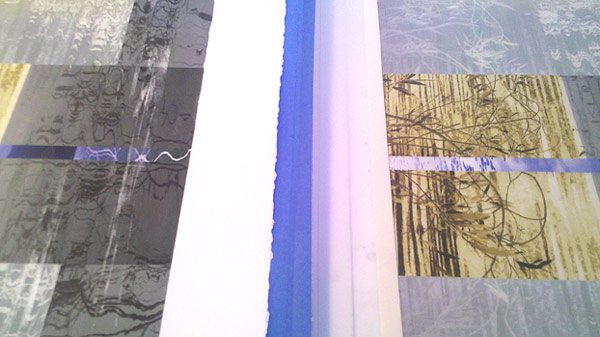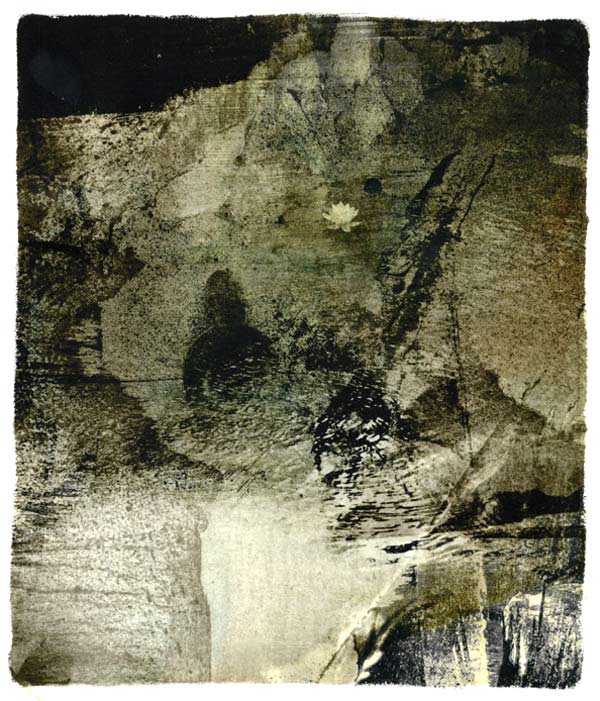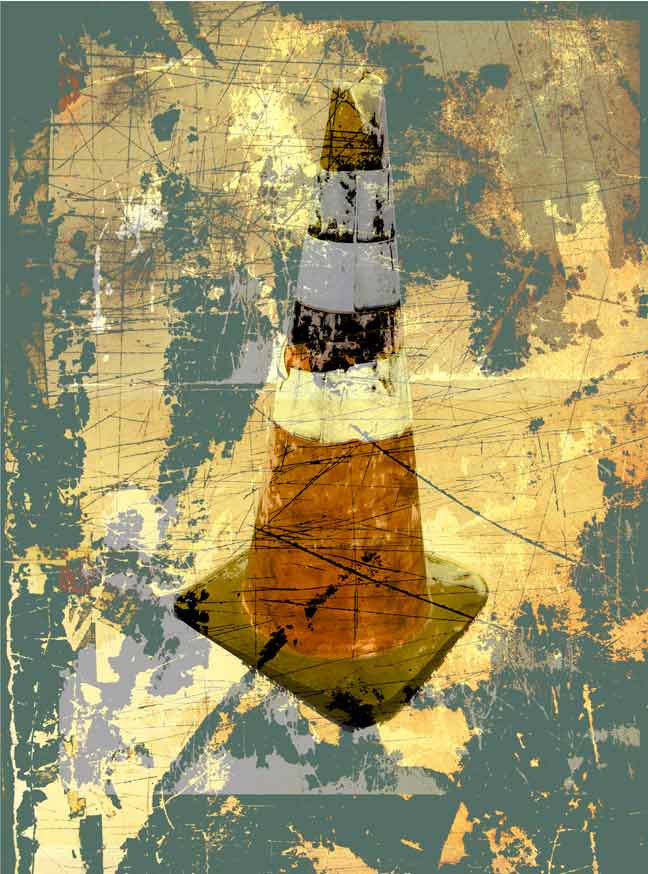Something about this time of year makes me feel like talking to Morris Graves. I feel like he is with me, brooding on leaves and picking up branches, and looking for the light in the fine grays and browns of the northwest melancholy. The heron has not been been to visit the pond in a long time. Perhaps this will call him back.
